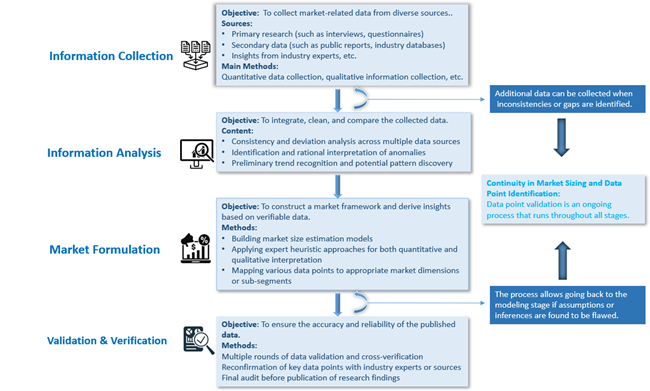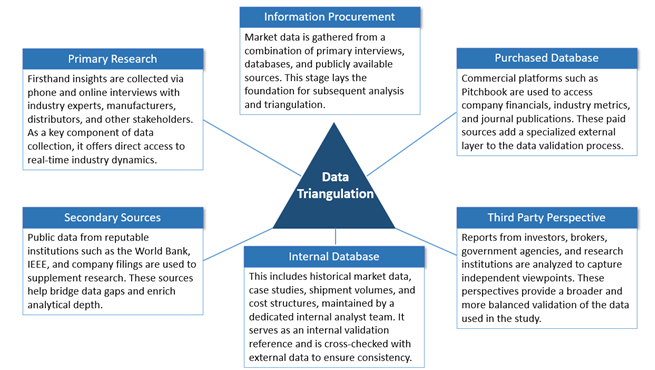From the perspective of hardware architecture, AI servers mainly refer to servers in heterogeneous form, and most of them are rack-mounted. In terms of heterogeneous mode, it can be CPU+GPU, CPU+FPGA, CPU+TPU, CPU+ASIC or CPU+multiple acceleration cards.
According to LookWhole Insight, the global AI Server market is projected to reach USD 125.15 Billion in 2024. It is expected to grow to USD 441.70 Million by 2033, registering a compound annual growth rate (CAGR) of 13.65% during the forecast period (2025–2033).
AI Server Market Analysis
From the perspective of hardware architecture, AI servers mainly refer to servers in heterogeneous form, and most of them are rack-mounted. In terms of heterogeneous mode, it can be CPU+GPU, CPU+FPGA, CPU+TPU, CPU+ASIC or CPU+multiple acceleration cards.
In other components, such as memory modules, storage modules, and network modules, they are not much different from traditional servers. The main improvement is to support larger capacity memory to meet the current demand for increased real-time load, provide more external hard disk slots, and widely support SSDs such as NVME/PCIE to meet the demand for data torrents. The network module is mainly manifested in increased bandwidth.
With the application of technologies such as cloud computing, big data, AI, and the Internet of Things, data has grown exponentially in recent years. IDC statistics show that 90% of the world's data has been generated in recent years, which puts a test on the processing power of the CPU. At present, the physical process and core number of the CPU are close to the limit, but the amount of data will not stop, and the processing power of the server must be improved. Therefore, in the AI era, traditional servers that only use the CPU as a computing power provider cannot meet the demand. The accelerated development of artificial intelligence technology around the world is closely related to the continuous innovation of generative artificial intelligence, which is becoming an important new workload for enterprises.
However, the global AI server market is experiencing a "cooling down". Goldman Sachs' latest "Global Technology: Total Server Market Size (TAM) Update Report" (GS-Global Tech Server TAM updates: Revising down AI Training Server outlook) pointed out that due to product iteration, supply and demand uncertainty and tariff risks, the shipment and market size expectations of AI training servers (especially rack-level products) in 2025-2026 have been significantly reduced. Behind this adjustment are multiple games of technical route disputes, supply chain migration and customer budget reconstruction.
The core reasons are:
Technology iteration pain: The GPU platform will transition to a new generation in the second half of 2025, and the transition period may cause order delays;
Demand uncertainty: The emergence of efficient AI models (such as DeepSeek) may reduce dependence on high-intensity computing power;
Supply chain risk: US tariff policies force ODM manufacturers to accelerate capacity transfer, but it takes time to increase yield.
In addition, the market is still resilient: The demand for high-power AI servers (traditional substrate form) remains resilient, and shipments will remain at 423,000 units in 2025-2026 (Exhibit 3). Some customers prefer its design flexibility and cost-effectiveness, especially in the field of inference servers, and revenue is expected to grow by 105% in 2025.
Global AI Server Market: Competitive Landscape
The global AI server market is in a stage of rapid development, and the market structure shows a trend of high concentration and regional competition. American companies are still leading in technology and market size. Dell, HPE, Supermicro, NVIDIA and other manufacturers have dominated the global high-end market with their strong hardware ecology and GPU acceleration solutions. At the same time, Chinese manufacturers such as Huawei, Inspur, H3C, Lenovo, etc. have risen rapidly driven by policy support and the rapid growth of domestic AI demand, especially in replacing imports and building a domestic ecology. Breakthroughs have been made. With the continuous increase in the requirements of AI large models for computing power and energy efficiency, liquid cooling, high-density computing, and customized AI acceleration solutions have become the core competitive elements of the market. It is expected that the global market will compete fiercely around the three dimensions of "computing power technology + green energy + local ecology" in the future, forming a global competitive landscape of "U.S.-China bipolar + multi-point supplementation".
Market Report Coverage & Segmentation
|
ATTRIBUTE |
Details |
|
|
Time Coverage |
Historical Year: 2020– 2024 Base Year: 2024 Estimated Year: 2025 Forecast Year: 2025 - 2033 |
|
|
Market Segmentation |
||
|
By Type |
Al servers -full racks Al servers -inferencing Al servers -high power Others |
|
|
By Application |
IT & Telecommunication BFSI Retail & E-commerce Healthcare & Pharmaceutical Automotive Others |
|
|
By Company |
Dell Technologies Inc. Hewlett Packard Enterprise (HPE) Lenovo Group Limited Huawei Technologies Co., Ltd. Inspur Electronic Information Industry Co., Ltd. NVIDIA Corporation International Business Machines Corporation (IBM) Super Micro Computer, Inc. Cisco Systems, Inc. Oracle Corporation Fujitsu Limited H3C Technologies Co., Ltd. Advanced Micro Devices, Inc. (AMD) Quanta Computer Inc. Wistron Corporation Supermicro Hon Hai Precision Industry Co., Ltd. (Foxconn) ADLINK Technology Inc. |
|
|
By Region |
North America |
|
Chapter 1: Report Scope and Market Definition
This chapter outlines the statistical boundaries and scope of the report. It defines the segmentation standards used throughout the study, including criteria for dividing the market by region, product type, application, and other relevant dimensions. It establishes the foundational definitions and classifications that guide the rest of the analysis.
Chapter 2: Executive Summary
This chapter presents a concise summary of the market’s current status and future outlook across different segments—by geography, product type, and application. It includes key metrics such as market size, growth trends, and development potential for each segment. The chapter offers a high-level overview of the AI Server Market, highlighting its evolution over the short, medium, and long term.
Chapter 3: Market Dynamics and Policy Environment
This chapter explores the latest developments in the market, identifying key growth drivers, restraints, challenges, and risks faced by industry participants. It also includes an analysis of the policy and regulatory landscape affecting the market, providing insight into how external factors may shape future performance.
Chapter 4: Competitive Landscape
This chapter provides a detailed assessment of the market's competitive environment. It covers market share, production capacity, output, pricing trends, and strategic developments such as mergers, acquisitions, and expansion plans of leading players. This analysis offers a comprehensive view of the positioning and performance of top competitors.
Chapters 5–10: Regional Market Analysis
These chapters offer in-depth, quantitative evaluations of market size and growth potential across major regions and countries. Each chapter assesses regional consumption patterns, market dynamics, development prospects, and available capacity. The analysis helps readers understand geographical differences and opportunities in global markets.
Chapter 11: Market Segmentation by Product Type
This chapter examines the market based on product type, analyzing the size, growth trends, and potential of each segment. It helps stakeholders identify underexplored or high-potential product categories—often referred to as “blue ocean” opportunities.
Chapter 12: Market Segmentation by Application
This chapter analyzes the market based on application fields, providing insights into the scale and future development of each application segment. It supports readers in identifying high-growth areas across downstream markets.
Chapter 13: Company Profiles
This chapter presents comprehensive profiles of leading companies operating in the market. For each company, it details sales revenue, volume, pricing, gross profit margin, market share, product offerings, and recent strategic developments. This section offers valuable insight into corporate performance and strategy.
Chapter 14: Industry Chain and Value Chain Analysis
This chapter explores the full industry chain, from upstream raw material suppliers to downstream application sectors. It includes a value chain analysis that highlights the interconnections and dependencies across various parts of the ecosystem.
Chapter 15: Key Findings and Conclusions
The final chapter summarizes the main takeaways from the report, presenting the core conclusions, strategic recommendations, and implications for stakeholders. It encapsulates the insights drawn from all previous chapters.






